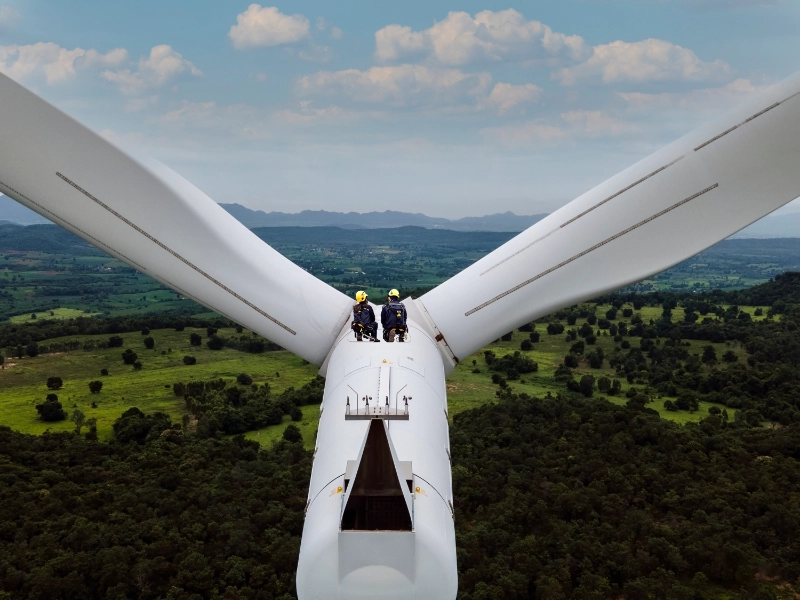Konjonktür ve ekonomik büyüme
Uzmanlarımızın ekonomik durumla ilgili küresel ve yerel raporları ve şirket finanslarınızın risk yönetimi ile ilgili ipuçları.
 Türkiye
Türkiye

Uzmanlarımızın ekonomik durumla ilgili küresel ve yerel raporları ve şirket finanslarınızın risk yönetimi ile ilgili ipuçları.
Riskleri ve fırsatları göz önünde bulundurun. Uzmanlarımız 40'tan fazla ülkedeki piyasaları sürekli olarak analiz etmektedir. Bu analizlerden, ekonomik tahminler, ekonomik eğilimler, jeopolitik riskler ve risk yönetiminizle ilgili benzersiz öneriler gibi piyasa gelişmeleri ortaya çıkmaktadır. Bu bulgulardan şirketiniz için doğru sonuçları çıkarabilirsiniz.
Ekonomiye ilgi duyanlar, risk yöneticileri, CFO'lar ve satış departmanına bu yayını okumalarını tavsiye ediyoruz.
Küresel piyasa ekonomisi veya tek tek bölgeler hakkında genel bir bakış elde edin. Burada, büyüme ve konjonktür tahminleri konusunda uzmanlarımızın değerlendirmelerini bulabilirsiniz.

40'tan fazla sektörün ekonomik eğilimleri ve zorlukları: Türkiye ve diğer ülkelerde ödeme alışkanlıklarının nasıl geliştiğini öğrenin. Ayrıca: İflaslar nerede ortaya çıkıyor?

Etkileşimli Risk Haritamız, küresel siyasi durum ve ekonomi için riskler hakkında görsel bir genel bakış sunar.

Güncel analizler, ekonomik gelişmelere ilişkin tahminler veya olası riskler içeren tek tek ülke raporları. Burada siyasi gelişmelere ilişkin özel raporlar da bulabilirsiniz.

Alacak yönetimi, ödenmemiş ödemelerle en iyi şekilde başa çıkma veya iflaslarla uğraşırken sizi nelerin beklediği ile ilgili makaleler. Ayrıca, tahsilat ve kredi sigortası uzmanlarımızın kanıtlanmış ipuçlarını da paylaşıyoruz.

Haben Sie Fragen?